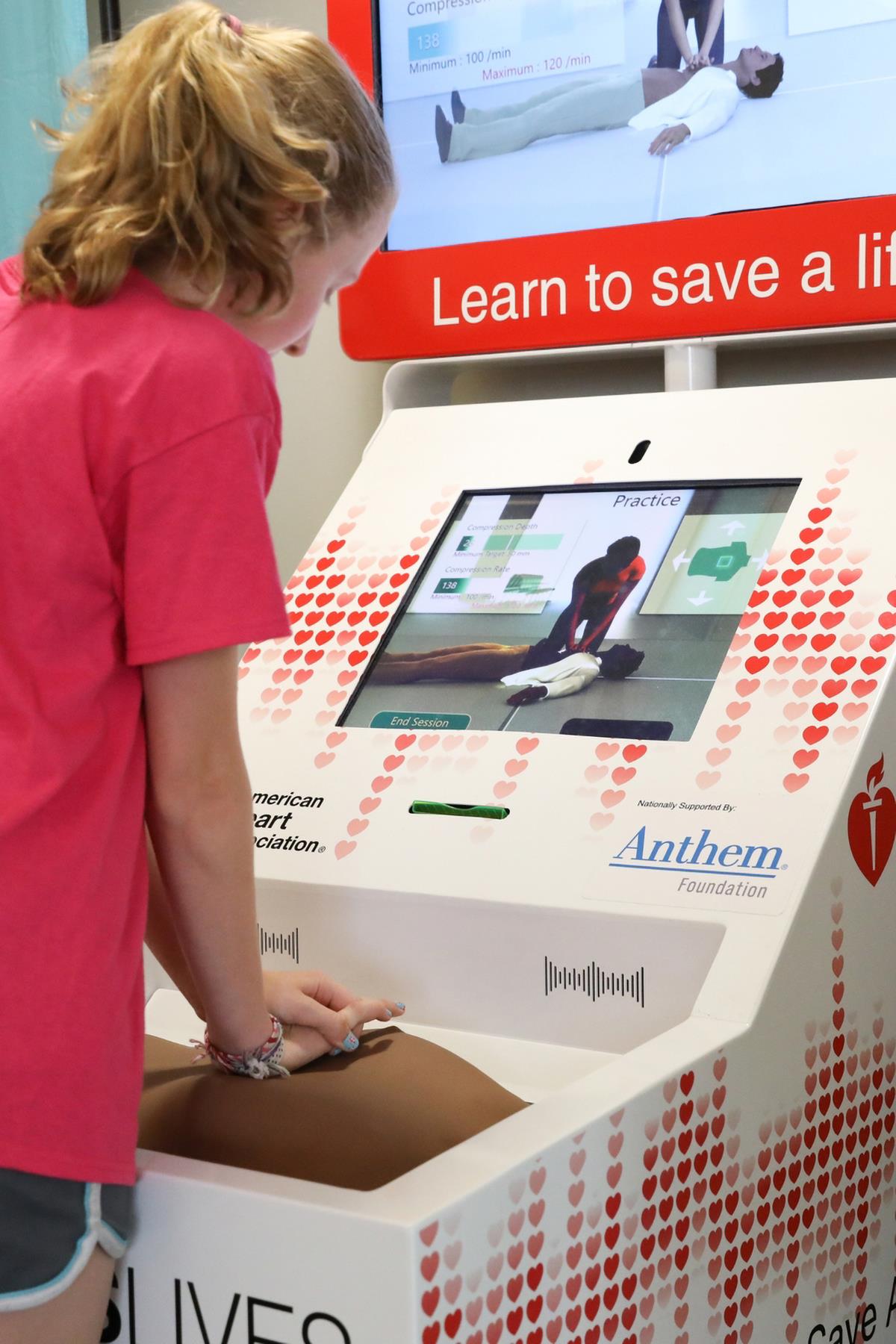Airport Kiosks Teach Travelers Hands-Only CPR
(NewsUSA) - Each year, more than 350,000 cardiac arrests occur at locations other than hospitals, and more than 20 percent occur in public places, according to the American Heart Association. CPR, especially if performed immediately, can double or triple the odds of survival for someone in cardiac arrest.
- Each year, more than 350,000 cardiac arrests occur at locations other than hospitals, and more than 20 percent occur in public places, according to the American Heart Association. CPR, especially if performed immediately, can double or triple the odds of survival for someone in cardiac arrest.
To help increase the number of people who know how to perform CPR, the American Heart Association, with support from the philanthropic Anthem Foundation, began a program in 2016 that has now established 11 educational kiosks in seven of the busiest airports in major cities in the United States.
The American Heart Association estimates that more than 200,000 people have learned Hands-Only CPR via the kiosks.
"This novel approach has trained 200,000 additional people in CPR, which is a significant step toward our vision of a nation of life-savers," says John Meiners, chief of mission-aligned businesses and healthcare solutions at the American Heart Association. "Nearly 90 percent of people who experience a cardiac arrest outside the hospital die, so we continually look for innovative ways to train the public in Hands-Only CPR in order to improve survival outcomes."
The training session at a kiosk takes about five minutes, making it a quick and easy opportunity for travelers with waiting time on their hands. Each kiosk features a touch screen that displays a brief instructional video about Hands-Only CPR, followed by a practice session and a 30-second test. The kiosk also includes a mannequin that lets users perform actual chest compressions, and then gives them feedback about the correct depth and pressure to make the procedure most effective.
"We are pleased to join the American Heart Association as part of this important and unique program that is working to increase the number of individuals who are trained and confident about performing CPR to benefit our communities and ultimately save lives," says Stephen Friedhoff, MD, chief clinical officer, Anthem, Inc.
Hands-Only CPR has two simple steps that apply when you see an adult or adolescent collapse:
* Call 911.
* Start hard, fast compressions in the center of the victim's chest until help arrives.
"Many Americans don't perform CPR for a variety of reasons, such as lack of training or low confidence," says Manuel-Luis "Manny" Medina, a paramedic and American Heart Association CPR instructor and professor for the Emergency Medical Services program at National University in San Diego, California.
"Through the self-instruction available at these kiosks, the public can learn Hands-Only CPR and start to build confidence to perform this life-saving skill that may make the difference for someone they know or love."
To learn more about the Hands-Only CPR campaign and be prepared to save a life, visit heart.org/handsonlycpr or go to facebook.com/AHACPR.








